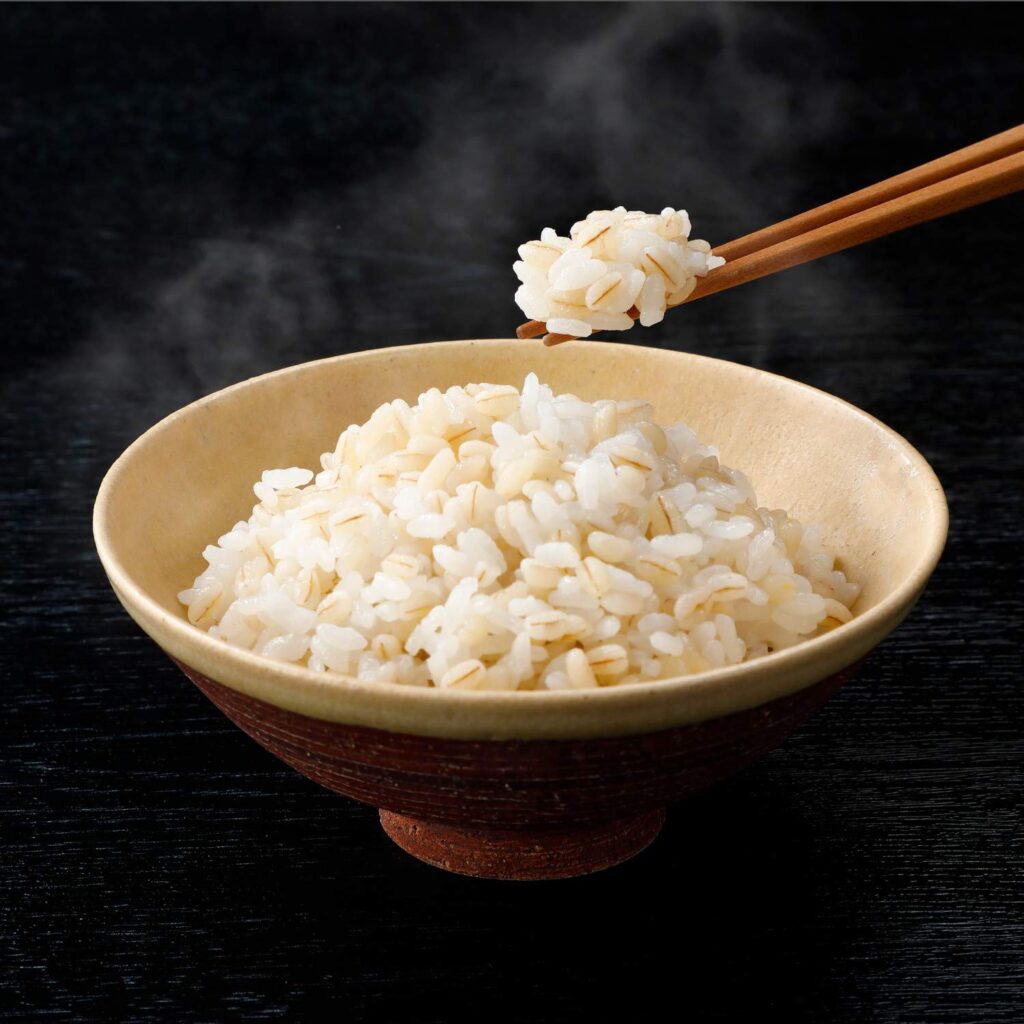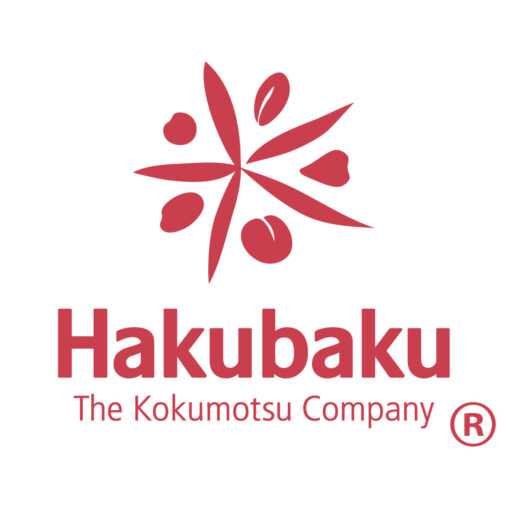When it comes to choosing healthy grains, mochi mugi (Japanese pearl barley) and quinoa are often in the spotlight. Both are rich in nutrients and can be incorporated into a wide variety of dishes. Mochi Mugio Barley versus quinoa- which one is better for you? Let’s compare their nutrition and health benefits to help you decide which one suits your needs.

Nutrition Comparison Mochi Mugi Barley versus Quinoa
Mochi Mugi, a type of glutinous barley, is well-known for its high fiber content, especially beta-glucan, a soluble fiber that helps lower cholesterol and improve heart health. A serving of mochi mugi contains around 14 grams of fiber per 100 grams, which is significantly higher than most grains. This makes it ideal for those looking to improve digestion, stabilize blood sugar levels, and stay fuller for longer.
On the other hand, quinoa is often celebrated for being a complete protein. Unlike most grains, quinoa contains all nine essential amino acids, making it a great source of plant-based protein for vegetarians and vegans. A 100-gram serving of cooked quinoa provides around 4 grams of protein and is also rich in magnesium, iron, and B vitamins.
Health Benefits
For heart health and digestive wellness, mochi mugi stands out due to its high beta-glucan content. Beta-glucan is known to possibly reduce LDL (bad) cholesterol and may help in reducing the risk of heart disease. Additionally, the slow-release carbohydrates in mochi mugi make it a good option for those managing blood sugar levels, such as individuals with diabetes.
Quinoa, in contrast, shines as a superfood for muscle repair and growth, thanks to its complete protein profile. It’s also gluten-free, making it suitable for those with celiac disease or gluten sensitivities, whereas mochi mugi, like all barley, contains gluten.
Versatility in Cooking
Both grains are versatile, but mochi mugi is particularly popular in Japan for adding a chewy texture to rice dishes, soups, and salads. Quinoa’s fluffy texture and neutral flavor make it a staple in grain bowls, salads, and as a substitute for rice or pasta in various dishes.
Which Is Better for You?
Ultimately, the better grain depends on your nutritional needs. If you’re seeking a high-fiber grain to support digestion and heart health, mochi mugi is an excellent choice. If you’re looking for a protein-packed grain to support muscle health, especially if you follow a plant-based diet, quinoa is the way to go.
Including both in your diet offers a variety of health benefits and ensures you’re getting a balance of fiber, protein, and essential nutrients. Whichever you choose, both mochi mugi and quinoa are nutrient-dense grains that can enhance your overall diet.


